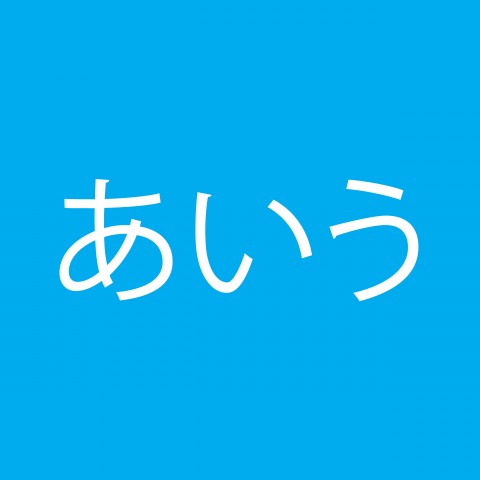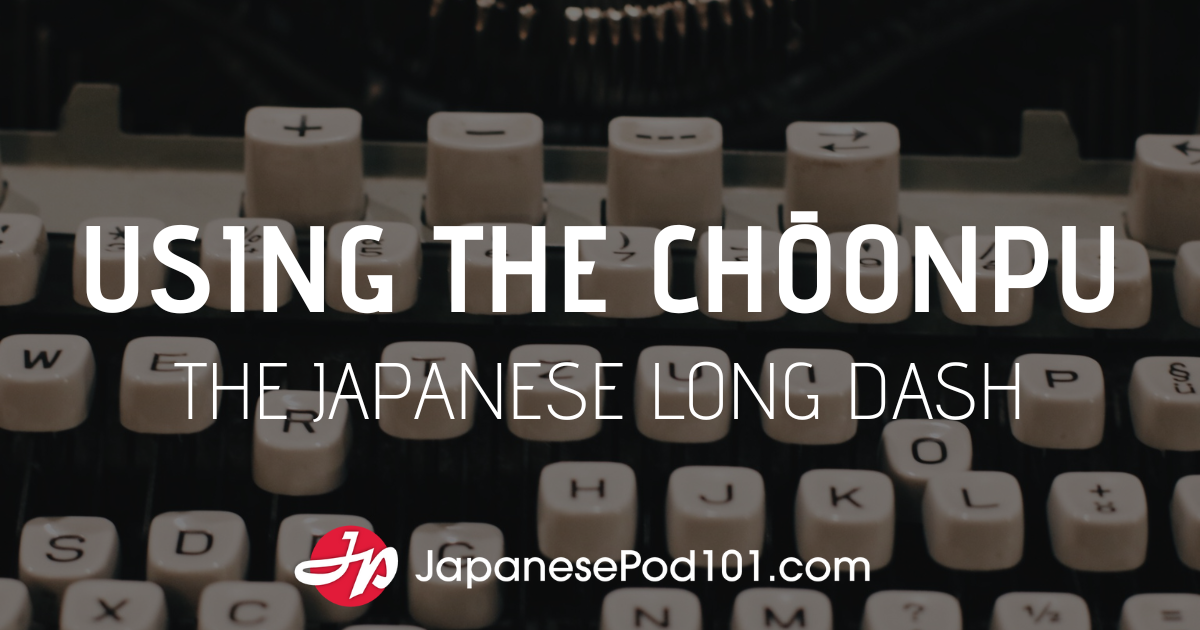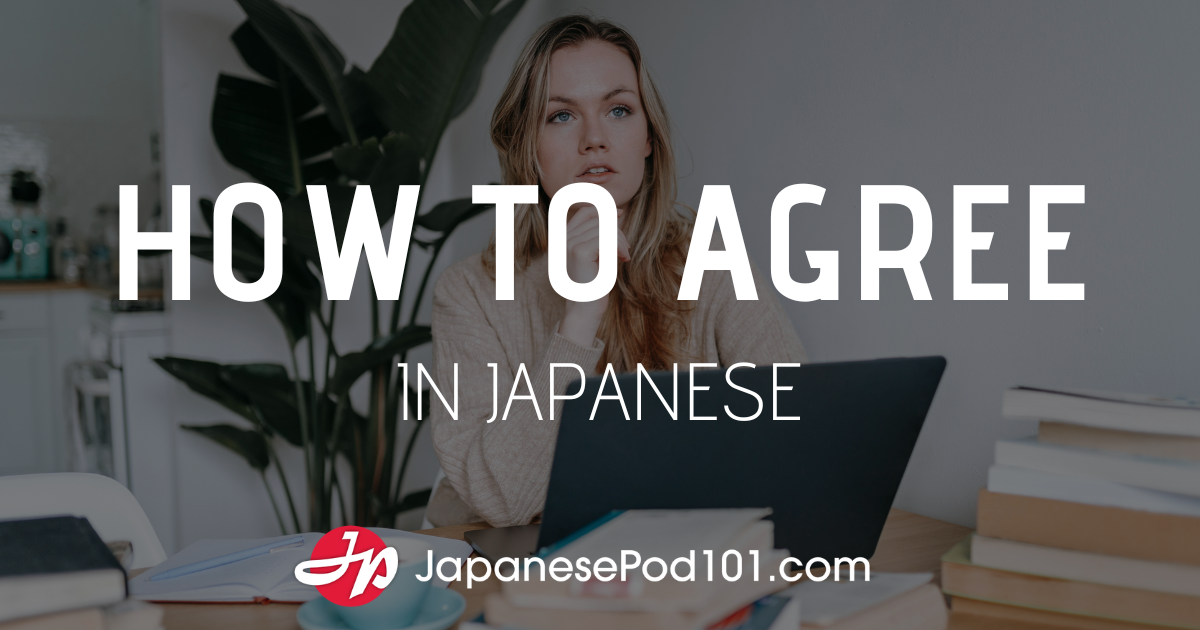Archive for the 'Kanji' Category
November 26, 2009
Learn Japanese Kanji – Everyday Kanji (Gas Station)
Hi everyone!
Welcome to Everyday Kanji! In this series, we're going to present pictures of kanji seen in various places in Japan taken by the team members at JapanesePod101.com. That's right - kanji seen and used everyday!
The theme for this week is kanji found at a gas station. Let's take a look!
①
泡洗車 (awa sensha) = bubble car wash
This refers to a car wash. The first kanji is 泡 (awa) and means “bubbles”, and the second word 洗車 (sensha) means “car wash”. 洗車 is made up of the characters for “wash” (洗) and “car” (車).
泡洗車 (awa sensha) = bubble car wash
● 泡 (awa) = bubbles
● 洗車 (sensha) = car wash
● 泡 (awa) = bubbles
洗車 (sensha) = car wash
● 洗 (sen) = wash
● 車 (sha) = car
Sample Sentence:
今日は泡洗車で、愛車を洗う。
... Show more
November 18, 2009
Learn Japanese Kanji – Everyday Kanji (Operating System)
Hi everyone!
Welcome to Everyday Kanji! In this series, we're going to present pictures of kanji seen in various places in Japan taken by the team members at JapanesePod101.com. That's right - kanji seen and used everyday!
The theme for this week is kanji found in a Japanese-language operating system of a computer. Let's take a look!
①
終了オプション (shūryō opushon) = shut down options
When you’re ready to shut down your computer for the day, this is the button you press to see the different options. We have one word in kanji, 終了 (shūryō), and one word in katakana, オプション. 終了 means “end” or “completion”, and オプション means “options”. So literally this means “completion options”, or “shut down options”. In an English-language OS,... Show more
November 9, 2009
Learn Japanese Kanji – Everyday Kanji (Electric Water Heater)
Hi everyone!
Welcome to Everyday Kanji! In this series, we're going to present pictures of kanji seen in various places in Japan taken by the team members at JapanesePod101.com. That's right - kanji seen and used everyday!
The theme for this week is kanji seen on an electric water heater pot. Let's take a look!
①
給湯 (kyūtō) = hot water supply
The word written on this button is 給湯 (kyūtō), which means “hot water supply”. This is the button you press for hot water to come out.
給湯 (kyūtō) = hot water supply
● 給 (kyū) = grant, bestow
● 湯 (tō/yu) = hot water
Sample Sentence:
「給湯」ボタンを押すと、お湯が出る。
”Kyūto” botan o osu to, o-yu ga deru.
If you press the “kyūtō” button, hot water will come out.
②
ロック解除 (rokku... Show more
November 4, 2009
Learn Japanese Kanji – Everyday Kanji (Inside the train station)
Hi everyone!
Welcome to Everyday Kanji! In this series, we're going to present pictures of kanji seen in various places in Japan taken by the team members at JapanesePod101.com. That's right - kanji seen and used everyday!
The theme for this week is kanji found on signs inside the train station. Let's take a look!
①
乗車券 (jōshaken) = ticket (usually refers to a train or bus ticket)
乗車券 (jōshaken) is a ticket used to ride a train or a bus. In this picture you can see the vending machine where you buy tickets for the subway. This word is includes the word 乗車 (jōsha, boarding) plus the word for ticket, 券.
乗車券 (jōshaken) = ticket (usually refers to a train ticket)
● 乗 (jō) = ride
● 車 (sha) = car
● 券 (ken) = ticket
... Show more
October 26, 2009
Learn Japanese Kanji – Everyday Kanji (Food Packaging)
Hi everyone! ^^/
Welcome to Everyday Kanji! In this series, we're going to present pictures of kanji seen in various places in Japan taken by the team members at JapanesePod101.com. That's right - kanji seen and used everyday!
The theme for this week is kanji found on food packaging. Let's take a look!
①
毎日果実 (mainichi kajitsu) = literally, Everyday Fruit
毎日果実 is the name of a snack product, which is 2 crackers with raisins and other fruit sandwiched in the middle. The information beneath the product name lets you know that this snack contains 5 kinds of vitamins, calcium, iron, and fiber! What a healthy snack!
毎日 (mainichi) = everyday
● 毎 (mai) = every
● 日 (hi) = day
果実 (kajitsu) = fruit
● 果 (ka) = fruit
● 実... Show more
October 19, 2009
Learn Japanese Kanji – Everyday Kanji (Outdoor signs)
Hi everyone!
Welcome to Everyday Kanji! In this series, we're going to present pictures of kanji seen in various places in Japan taken by the team members at JapanesePod101.com. That's right - kanji seen and used everyday!
The theme for this week is kanji found on signs outdoors. Let's take a look!
①
若葉東公園 (Wakabahigashi kōen)… Try saying that three times fast!! Even if you aren’t familiar with 若葉東, you might know the word 公園!
若葉東公園 (Wakabahigashi kōen) is Wakabahigashi Park, a park located in Tokyo. The name 若葉東 can be divided into two parts: 若葉 (wakaba = young leaf), and 東 (higashi = east).
公園 (kōen) = park
● 公 (kō) = public
● 園 (en) = park
Place name:
若葉東 = Wakabahigashi
● 若 (waka) = young
● 葉 (ba) = leaf
● 東... Show more
October 13, 2009
Learn Japanese Kanji – Everyday Kanji (Airport signs)
Hi everyone!
Welcome to Everyday Kanji! In this series, we're going to present pictures of kanji seen in various places in Japan taken by the team members at JapanesePod101.com. That's right - kanji seen and used everyday!
The theme for this week is kanji found on signs at an airport. Let's take a look!
①
出国審査・税関 (shukkoku shinsa/zeikan):Anyone who has ever gone on a flight to a foreign country has experienced going through these two areas. Based on the kanji, can you guess what they are?
出国審査 (shukkoku shinsa) refers to immigration (for leaving the country). It is made up of the words 出国 (shukkoku), which is “departure of the country”, and 審査 (shinsa), which means “inspection”. These two words together mean “immigration”... Show more
October 5, 2009
Learn Japanese Kanji – Everyday Kanji (freeway signs)
Hi everyone!
Welcome to Everyday Kanji! In this series, we're going to present pictures of kanji seen in various places in Japan taken by the team members at JapanesePod101.com. That's right - kanji seen and used everyday!
The theme for this week is kanji found on freeway signs. Let's take a look!
①
点灯 (tentō):This is the entrance of a tunnel. Can you imagine what the sign is telling you to do from the picture?
The kanji 点 comes from the verb 点ける (tsukeru) meaning “to light”, and 灯 means “a light.” So altogther, 点灯 (tentō) means “to turn on a light.” A similar sign in English might say "Headlights On".
点灯 (tentō) = to turn on a light
● 点 (ten) = to light
● 灯 (tō) = a light
Sample Sentence:
このランプが点灯したら、故障のサインだ。
... Show more
October 2, 2009
Learn Japanese Kanji – Everyday Kanji (Japanese chocolate)
Hi everyone!
Welcome to Everyday Kanji! In this series, we're going to present pictures of kanji seen in various places in Japan taken by the team members at JapanesePod101.com. That's right - kanji seen and used everyday!
The theme for this week is kanji found on packaging of Japanese chocolate. Let's take a look!
①
きなこおはぎ味 (kinako ohagi aji): 味 (aji) means “flavor”. The word that comes before 味 specifies what kind of flavor something is. Do you know what kind of flavor きなこおはぎ is?
きなこ is soybean flour and おはぎare rice balls coated in sweet bean paste. You can see what it looks like in the picture on the packaging. The light brown powder is きなこ, which is a very traditional Japanese flavor.
● 味 (aji) = taste
Sample... Show more
September 24, 2009
Learn Japanese Kanji – Everyday Kanji (Restaurant Signs)
Hi everyone!
Welcome to Everyday Kanji! In this series, we're going to present pictures of kanji seen in various places in Japan taken by the team members at JapanesePod101.com. That's right - kanji seen and used everyday!
The theme for this week is restaurant signs. Let's take a look!
①
全部入り (zenbu iri): 全部 (zenbu) means “all” and 入り (iri) means “contains”. So what all does this ramen have in it?
The various toppings are listed on the menu. So, 全部入り means “contains all toppings”, which refers to toppings such as egg, meat or cod roe.
全部入り (zenbu iri) = all included
● 全 (zen) = whole
● 部 (bu) = section
● 入 (iri) = enter
Extra (possible toppings):
味玉子 (aji tamago) = seasoned boiled egg
● 味 (aji) = taste
● 玉... Show more









